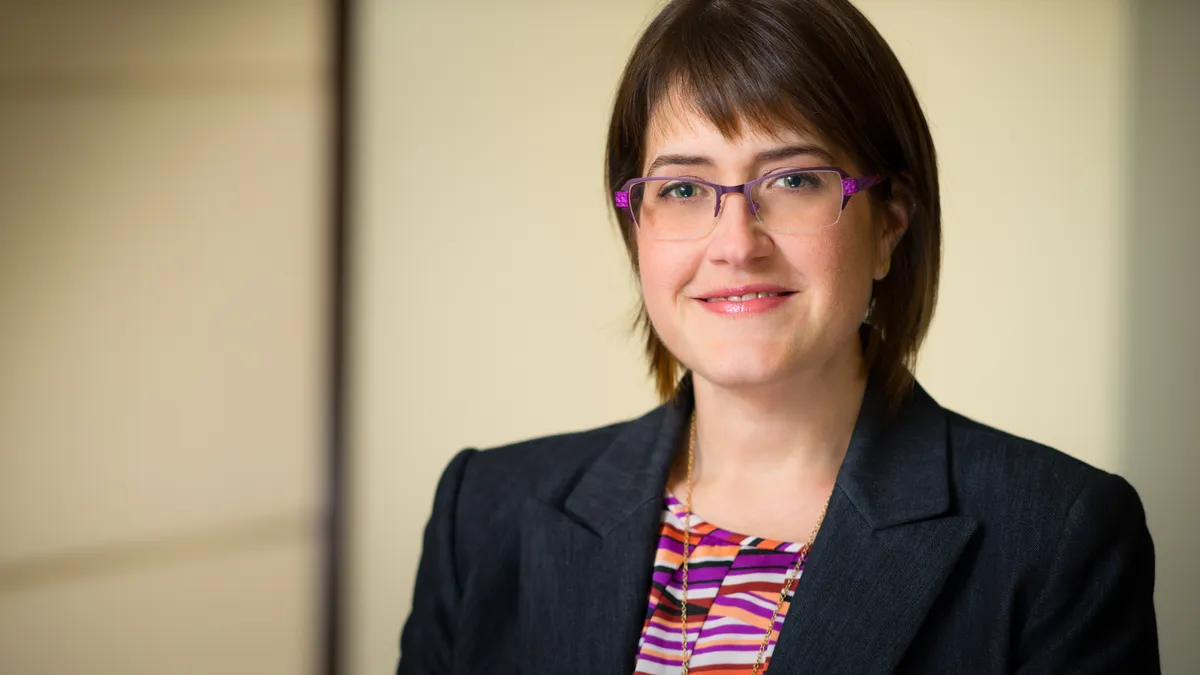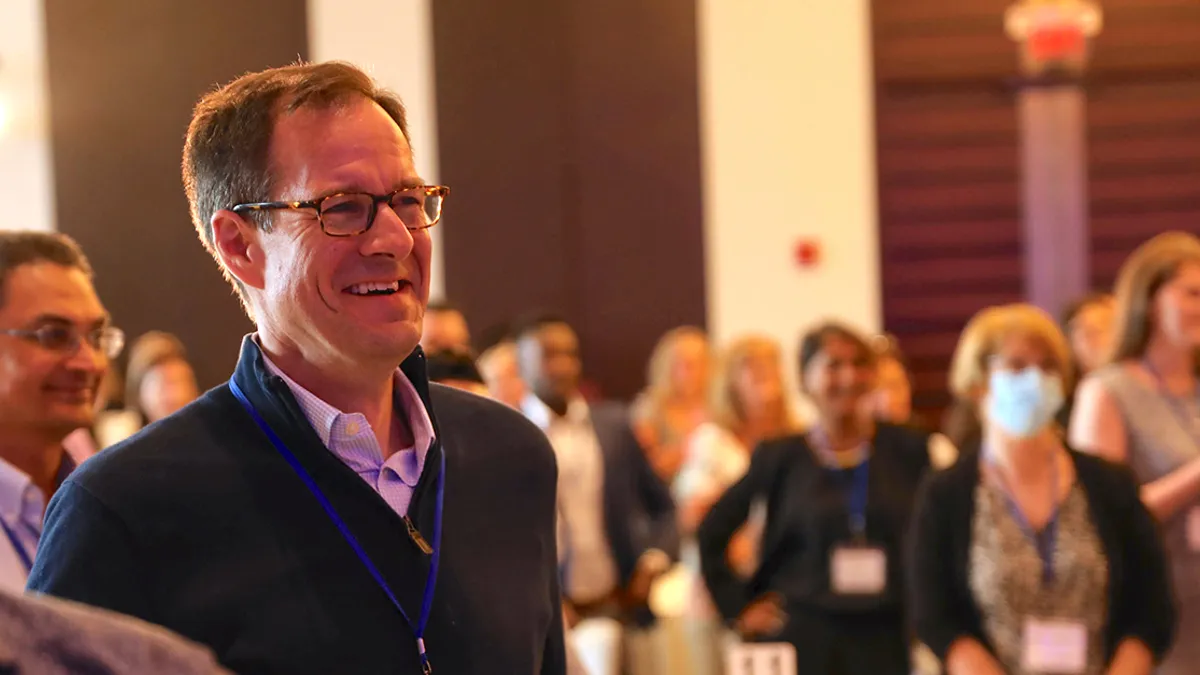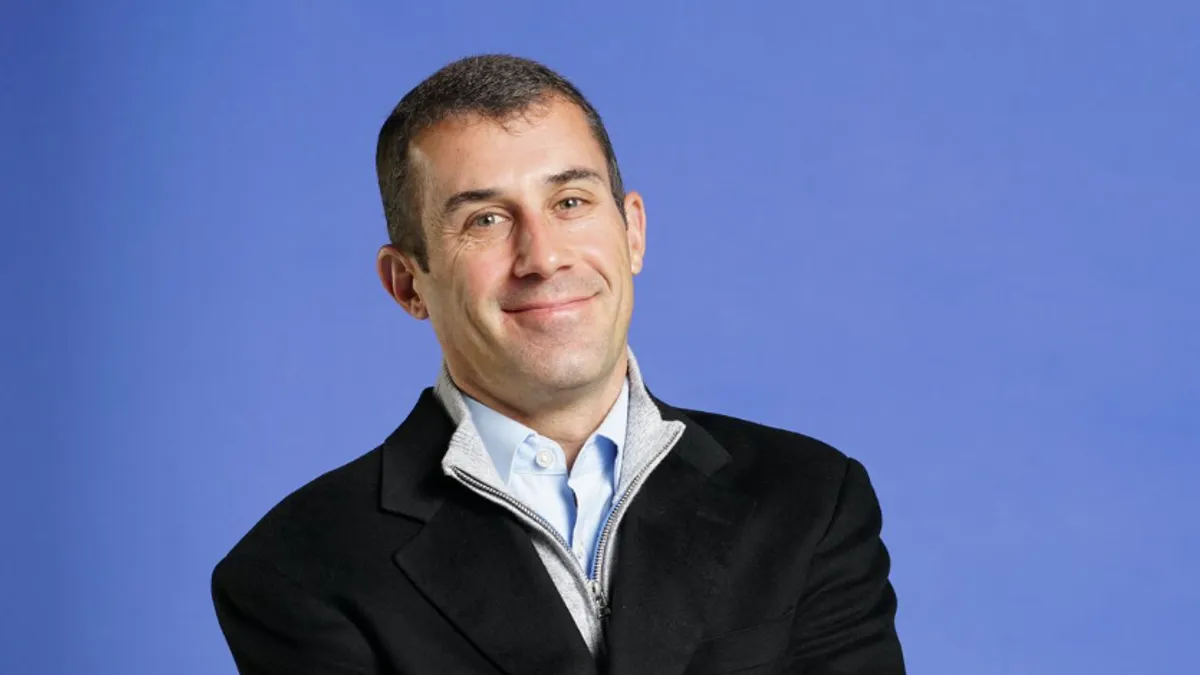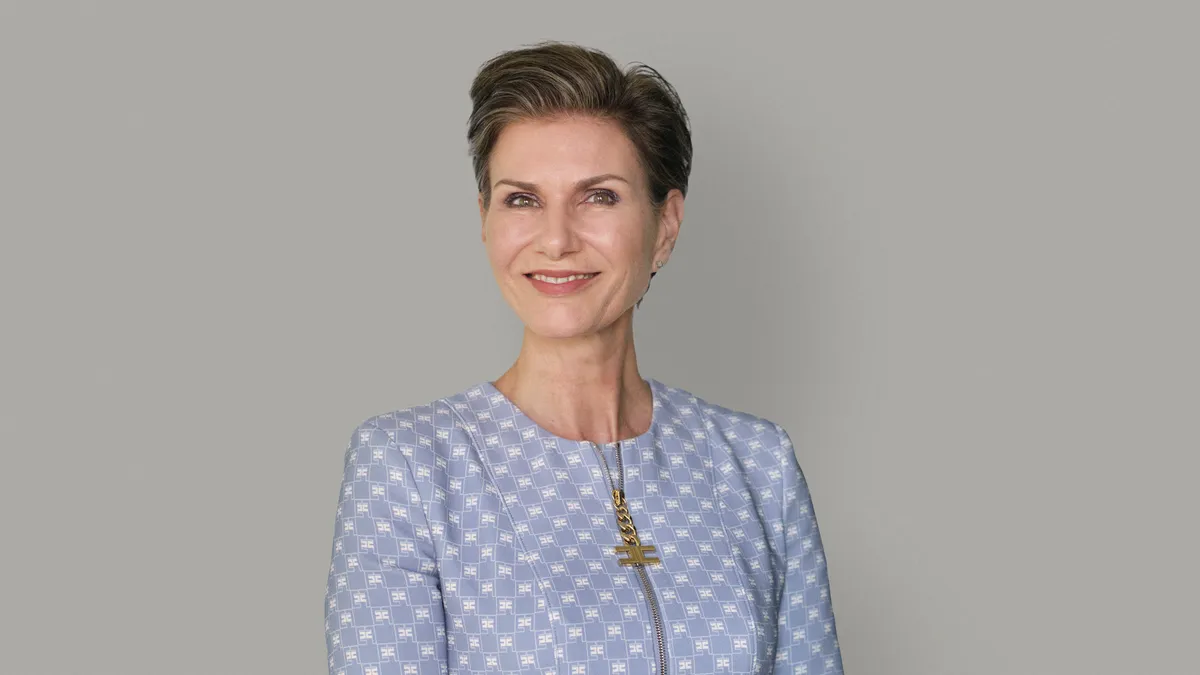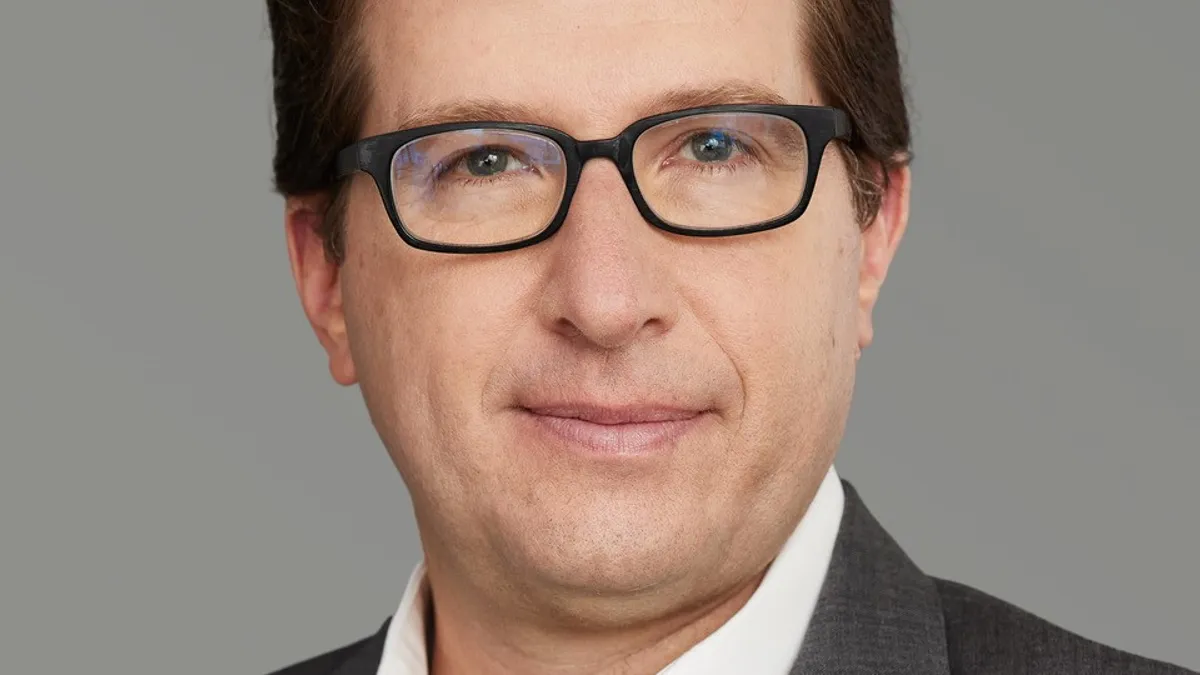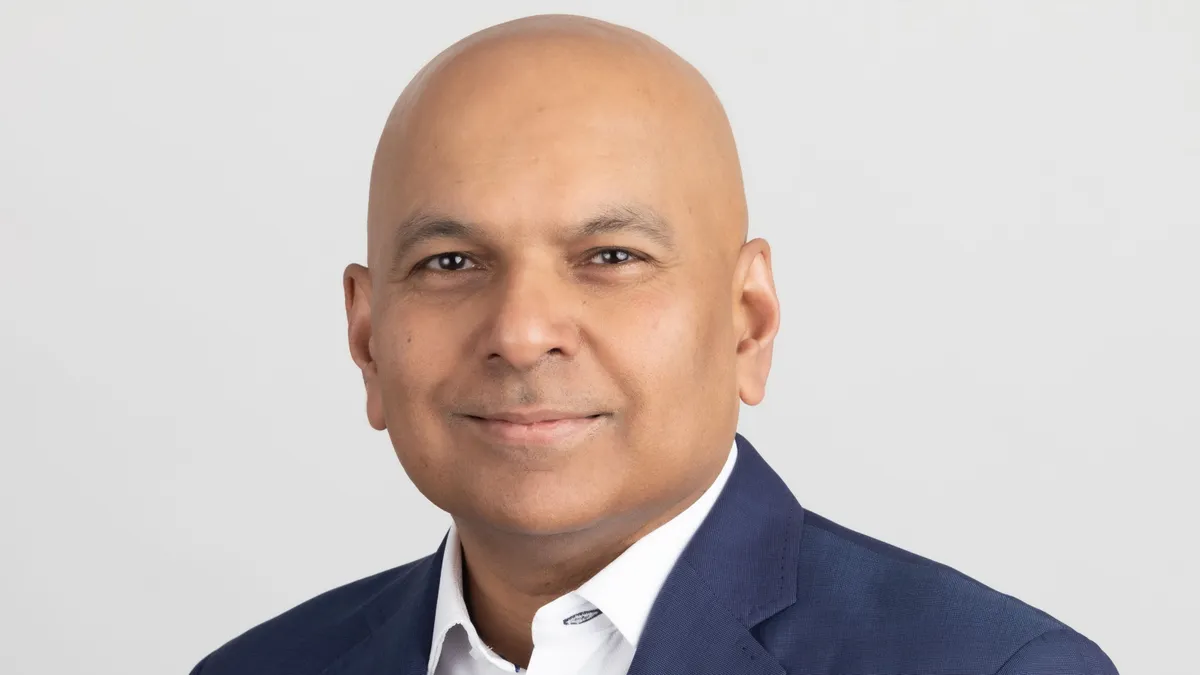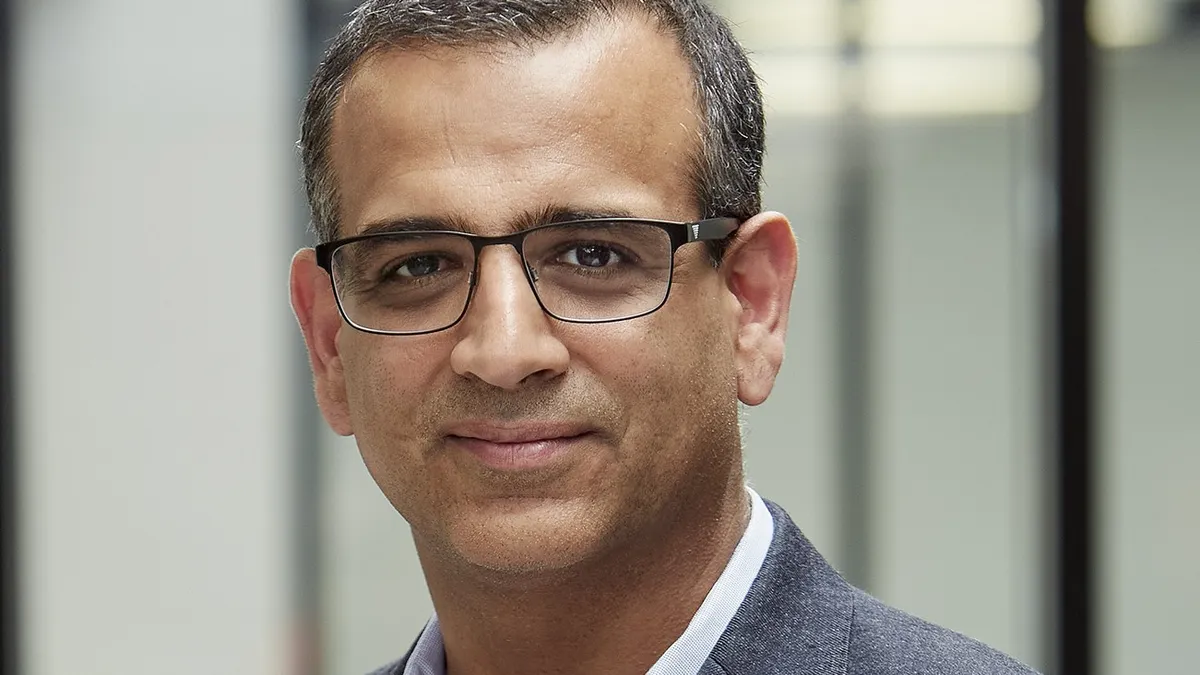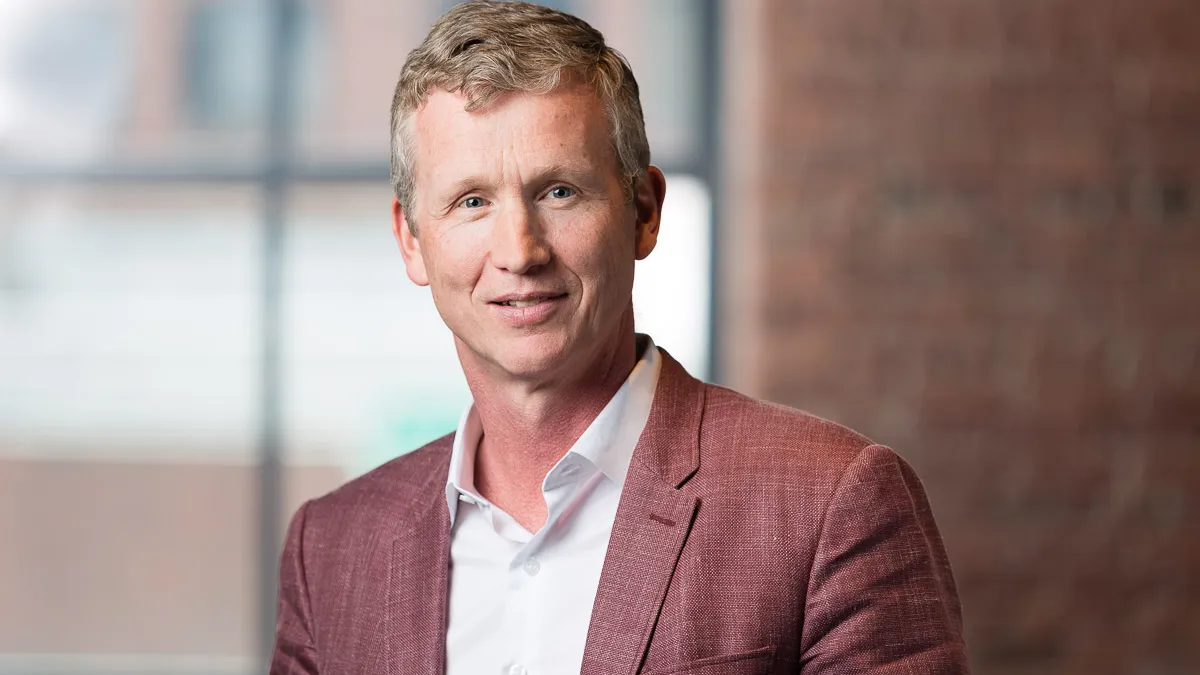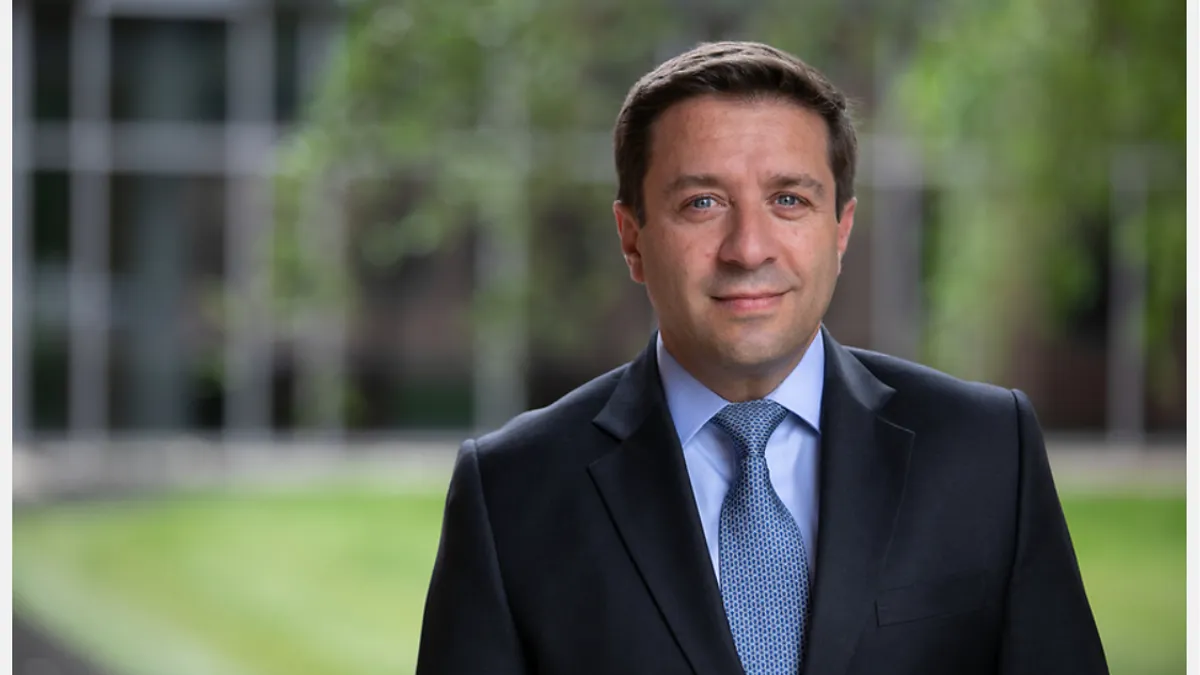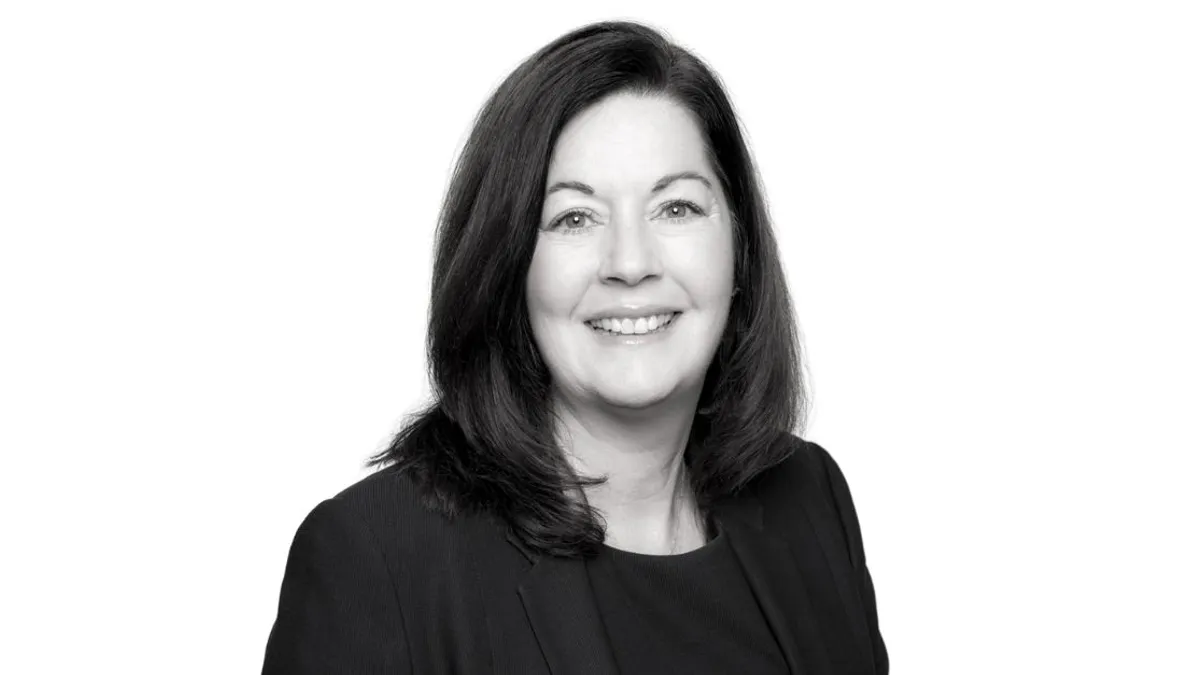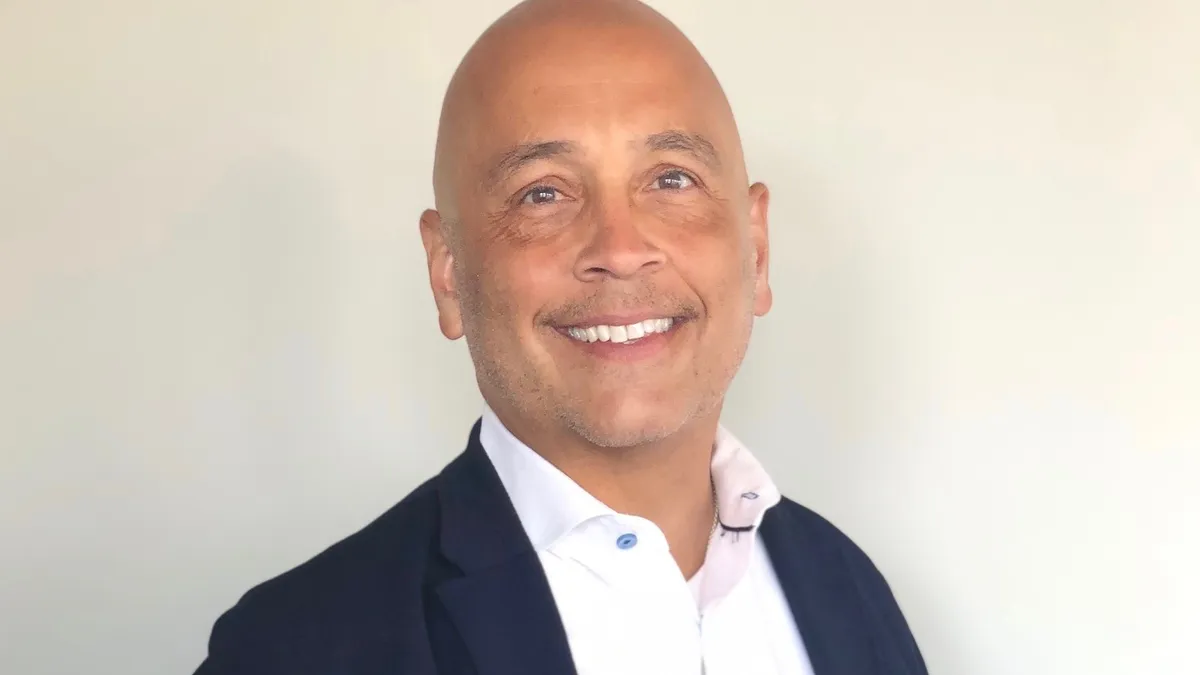When PharmaVoice caught up with Bekki Brown, the CEO and president of UBC was just 10 days into the job. While new to the position, Brown has more than 20 years of strategic and managerial experience to lead the biopharmaceutical services company to its next era of growth.
Before joining UBC in August 2022 as chief operating officer, Brown spent more than two decades honing her skills at Quintiles, which merged with IMS to form IQVIA, and INC Research, which became Syneos Health in 2018.
“I was a business leader of a team of more than 6,000 people when I left Syneos, so while I was at one company for 21 years, I feel like I had a lot of experiences that set me up for success to help UBC grow,” she said. “I bring a set of strengths to the organization that I believe are unique.”
With the pharma industry set to continue its upward growth trend, UBC is positioning itself to grow with it.
"As we enter the post-COVID world of drug development, we embark on one of the most innovative markets in recent history," said Patrick Lindsay, outgoing president and CEO of UBC. "To best maximize our opportunities, we are now positioning UBC for significant growth, both organically and inorganically.”
In particular, UBC has set its sights on leveraging emerging technology platforms and real-world data, which have become more of a gold standard for measuring outcomes in pre- and post-approval trials.
"Our overall strategy is to create a disciplined and scalable process both with technology and digital health."

Bekki Brown
CEO, UBC
With this goal in mind, the company brought two other industry vets onboard in late 2022: Karen Turner, who came from Clinipace to become chief financial officer, and Nathan Thompson, who left Premier Research to become chief information officer. Turner brings financial management, enterprise resource planning and cross-functional leadership to the team, while Thompson’s experience spans technology, operations and strategy, which could help bolster the company’s approach to product design and innovation.
Brown was drawn to UBC because of its entrepreneurial mindset and a culture that is customer-focused and intent on supporting patients.
“The team is really passionate and committed, and they’re not afraid of hard work,” she said.
Brown takes on the top role as Lindsay, a PharmaVoice 100 honoree who has been with UBC for more than 17 years, transitions to the company’s board of directors and a strategic adviser position.
Here, Brown discusses her vision for the next phase of UBC’s evolution, her approach to leadership and getting comfortable with being a role model.
This interview has been edited for style and brevity.
PHARMAVOICE: You noted that you are looking to help UBC move into its next growth phase. Where do you see near-term areas of opportunity?
BEKKI BROWN: One of the biggest benefits for us is the continued acceptance of real-world data and evidence for regulatory submissions, post-marketing decisions, and demonstrating the value of products. That’s really where we are experts. So, we will continue to watch this space.
We unify evidence and access to help biopharma companies mitigate risk, address their product hurdles and demonstrate the safety, efficacy and value of their products under real-world conditions. Until now, we’ve provided solutions to our customers with an individual service approach, which has been successful. But we believe that knitted together, we can add greater value to our customer’s portfolios in a way that we haven’t in the past.
Our overall strategy is to create a disciplined and scalable process both with technology and digital health. We have teams that are regularly assessing our approaches where we can innovate and implement different digital solutions to enhance our services, particularly as hub services.
In your new role as CEO and president, how do you distinguish between those two areas of responsibility?
For a medium-size company, it isn’t unusual to have one person fill both of those roles. The way I think about it is, the CEO role is responsible for setting the long-term vision and the strategy of the company, looking into the future, pushing the organization to think big and to continue to evolve. The president is responsible for the implementation of that vision, making sure that there’s a plan to deliver on the goals, having the right team in place, creating alignment and making sure we are holding each other accountable to that delivery. In my role, I’m responsible for both the strategic vision and enabling implementation.
As you evaluate the road ahead, what leadership strengths do you bring to the roles of CEO and president?
I would describe my leadership strength or style as servant leadership, though I wouldn’t say I have a fixed style. As I mentioned, I like to set a strategy, gain alignment, create a plan and manage that plan, but I also value the perspectives and insights of our people. I believe that the team is critically important to the success of any initiative. And it’s important for me to create a culture of trust and psychological safety so people can bring their best selves to their roles and feel comfortable bringing ideas, diverse thoughts and questions to the table.
I believe one of my strengths is adjusting my overall style to be able to support each individual. I guess this shows my human side — I try to be relatable and personable. I’m solutions-oriented so it’s always about the path forward rather than spending time looking backward.
I appreciate open and direct communication and believe that feedback is a gift. I always solicit feedback on myself from the team and from others. I also think it’s important to share immediate feedback, both positive reinforcement and constructive feedback, with the team so that we know how to move forward with each other.
As one of the few women CEOs in the industry, do you consider yourself a role model?
I do, although I will admit that I haven’t always recognized that aspect of the position. I had the very good fortune of working for another company that valued diversity and women in leadership well before this was an important focus for the rest of the world. I worked alongside many amazing women and I’m very grateful for them and what I learned from them along the way.
I didn’t realize until probably a few years ago how unique this was and that I was being watched by others. Unbeknownst to me, I was helping others see how they too could have successful careers with an appropriate, what I’ll call, work-life integration. I now understand how important that responsibility is, and I intentionally support that role in a different way than I did before.



